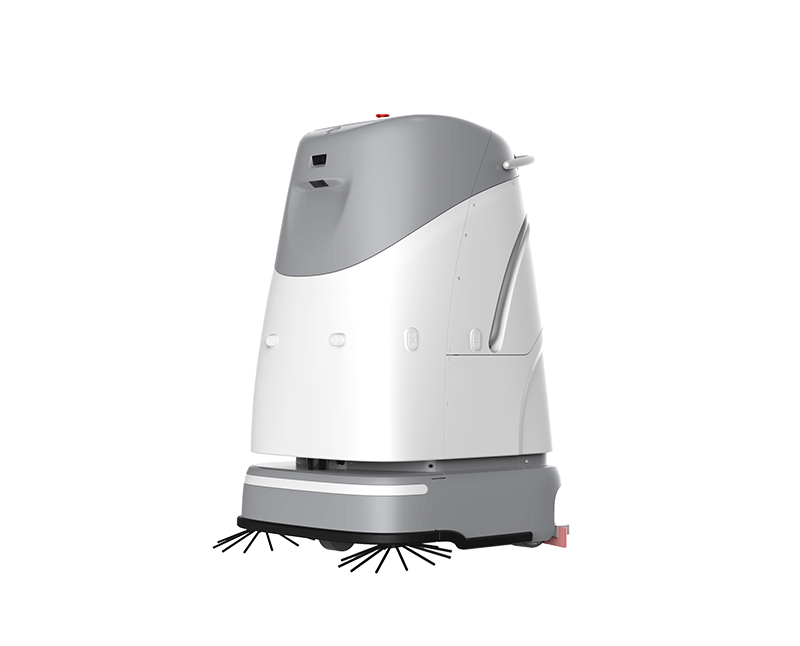What is an Autonomous Scrubber?
An autonomous scrubber refers to a cutting-edge cleaning machine designed to operate without direct human control. These innovative devices incorporate advanced technologies, such as sensors and artificial intelligence, allowing them to navigate spaces autonomously while efficiently performing floor scrubbing tasks. The concept of autonomous scrubbers emerged from the need to enhance efficiency, reduce labor costs, and address challenges in maintaining large commercial spaces.
Emergence and Technological Foundation
The development of autonomous scrubbers stemmed from the growing demand for smarter and more efficient cleaning solutions. Traditional cleaning methods often faced limitations in terms of speed, precision, and labor dependency. In response, engineers and innovators turned to robotics and automation to create a solution that could revolutionize the cleaning industry. Sensors, cameras, and machine learning algorithms became integral components, enabling these scrubbers to perceive their surroundings, identify obstacles, and adapt their routes accordingly.
Advancements and Practical Implementation
Autonomous scrubbers, like the VIGGO autonmous floor scrubber, have successfully implemented these technological advancements. These machines can efficiently navigate complex environments, avoiding obstacles and adjusting cleaning patterns in real-time. The practical implementation of autonomy in scrubbers has resulted in enhanced cleaning performance, reduced operational costs, and increased productivity. Organizations utilizing these machines experience a notable shift towards a more streamlined and automated cleaning process.
Significance and Impact on Operations
The adoption of autonomous scrubbers holds significant implications for various industries. Firstly, the improved efficiency and speed of these machines contribute to enhanced cleanliness standards, ensuring a healthier and safer environment. Secondly, the reduction in labor dependency translates to cost savings for organizations, making autonomous scrubbers a sustainable long-term investment. Moreover, the ability to schedule and optimize cleaning routines further improves operational efficiency, allowing businesses to focus on core activities.
Future Trends and Considerations
As the technology behind autonomous scrubbers continues to evolve, future trends suggest even greater integration of artificial intelligence and connectivity features. Predictive maintenance, remote monitoring, and data analytics may become standard functionalities, providing organizations with more insights into cleaning operations. Additionally, the expansion of autonomous cleaning technology into new sectors and industries is anticipated, further transforming the landscape of facility maintenance.
In conclusion, an autonomous scrubber represents a technological leap in the cleaning industry, offering a solution that goes beyond traditional methods. The integration of sensors, AI, and automation not only answers the immediate need for efficient cleaning but also presents a forward-thinking approach to facility maintenance. The impact of autonomous scrubbers extends beyond cleanliness, influencing operational costs, labor dynamics, and the overall efficiency of commercial spaces. As the technology matures, these machines are poised to become indispensable assets in the pursuit of cleaner, safer, and more cost-effective facilities.
If you have a need for automated cleaning robots, you can contact us.


评论
发表评论